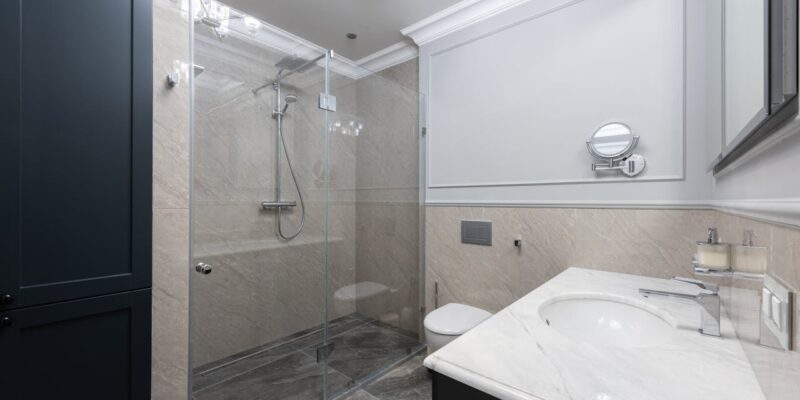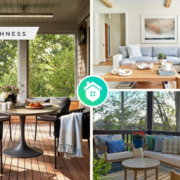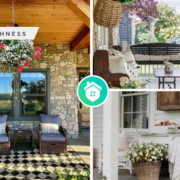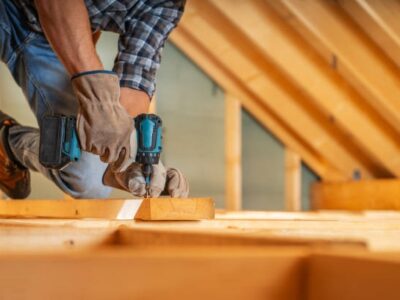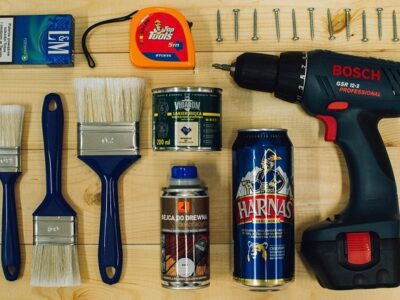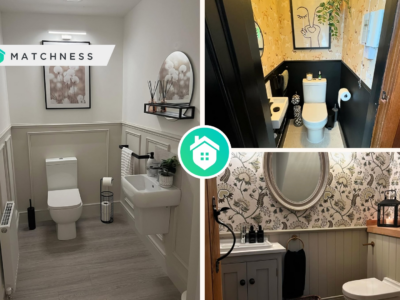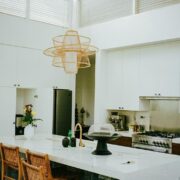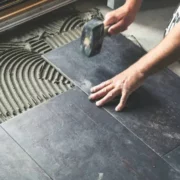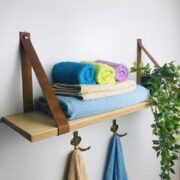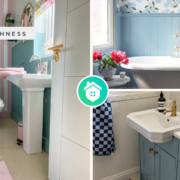The cost of ready-made modular bathrooms can vary quite a bit, so understanding what drives those prices is essential. I’ve found that material choices, the complexity of the design, and the specifics of your installation all play a significant role. While high-end materials and intricate plumbing will naturally increase the price, remember that prefabrication itself often cuts down on labor costs. To keep your budget in check, consider sticking to standard sizes and efficient layouts. Let’s break down these key elements so you can make informed decisions without sacrificing functionality or style.
How Do Material Choices Really Impact Modular Bathroom Costs?
When it comes to modular bathrooms, what you choose to build it with drastically affects the final price. Different materials aren’t just about aesthetics; they vary significantly in cost, how long they last, and how much maintenance they need. Premium materials, like natural stone countertops, frameless glass shower enclosures, and high-end ceramic tiles, can really drive up the overall cost. I’ve seen projects where simply swapping out marble for a high-quality porcelain tile saved thousands.
For instance, Carrara marble countertops can easily cost $75-$150 per square foot installed, whereas a high-quality porcelain tile that mimics the look of marble might run you $5-$15 per square foot. That’s a substantial difference that can significantly reduce your overall project cost.
On the flip side, using budget-friendly alternatives is a smart way to save money without sacrificing too much on durability. Think about using acrylic panels for shower walls, composite countertops that mimic the look of stone, or even PVC wall coverings. These options can give you a similar look and feel at a fraction of the price. For example, acrylic shower panels can cost around $300-$600 per kit, while tiled walls could easily exceed $1,000-$2,000 depending on the tile and labor costs.
Fixtures and accessories also add up. Stainless steel or solid brass fittings might cost more upfront, but they resist corrosion much better than cheaper options, which means they’ll last longer. Chrome-plated or plastic fixtures are more affordable initially, but you might end up replacing them more often.
The structural components also play a big part in the overall cost. Lightweight aluminum or fiberglass-reinforced polymer (FRP) frames are generally easier on the budget and simpler to install. On the other hand, if you opt for a stainless steel or custom-built metal frame, you’re adding durability, but you’ll also see a price increase. It’s all about finding the right balance between quality and your budget. Remember that choosing a more durable frame can lead to long-term savings by preventing structural issues and the need for repairs down the line. For example, while an aluminum frame might save you 15-20% initially, a stainless steel frame can extend the lifespan of the modular unit by several years, potentially saving you money in replacement costs over time.
What Are Some Proven Cost-Saving Strategies for Modular Bathroom Solutions?
If you’re thinking about going modular for your bathroom, I’ve learned a few tricks over the years to keep costs down without compromising on quality. One of the easiest things you can do is stick to standardized designs. Customization is great, but it always adds extra costs. Pre-designed units are made in larger quantities, which brings down the production expenses.
Opting for standard-sized units not only reduces material waste but also streamlines the manufacturing process. For example, a standard 5’ x 8’ modular bathroom will be significantly less expensive than a custom-designed unit with unique dimensions. This is because manufacturers have optimized their production lines for these common sizes.
Another thing I always recommend is looking at cost-efficient materials. For example, high-quality composites or fiberglass can be excellent substitutes for natural stone. They look great and can save you a significant amount of money.
Choosing a fiberglass shower base over a custom-tiled option can save you hundreds of dollars. According to HomeAdvisor, the average cost to install a custom tile shower base ranges from $700 to $2,500, whereas a pre-fabricated fiberglass base might cost between $300 and $700, including installation. (HomeAdvisor)
Buying modular bathroom units in bulk can also lead to substantial savings, especially if you’re working on a larger project, like a hotel or apartment complex. When you order in bulk, you often get discounted pricing, which reduces the cost per unit. Many manufacturers offer discounts ranging from 5% to 15% on bulk orders of five units or more.
I’ve also found that working directly with manufacturers, like Domczar, at price of ready-made modular bathrooms, rather than going through a middleman, can cut out intermediary costs. In my experience, dealing directly with the manufacturer can save you 10-20% compared to purchasing through a distributor.
Direct communication with the manufacturer can also provide opportunities for price negotiation. For instance, you might be able to negotiate a better price by adjusting certain features or materials without compromising the overall quality of the unit.
Plus, consider sourcing your units locally to avoid those high transportation and importation fees that can really inflate the final price. Transportation costs can add anywhere from 5% to 15% to the overall cost of the unit, especially if you’re importing from overseas.
Planning ahead and ordering early can also make a big difference. Giving the manufacturer a longer lead time can help you negotiate better prices and avoid rush fees that come with expedited production or delivery. Manufacturers often offer discounts for orders placed well in advance, as it allows them to plan their production schedules more efficiently. Also, look for modular units that are designed for easy installation. This can save you a lot on labor costs because they require less time and expertise to set up compared to traditional construction methods.
Modular bathrooms designed for easy installation can reduce labor costs by as much as 30-40%. Units that come with pre-fitted plumbing and electrical connections minimize the need for specialized tradespeople, saving you money on installation fees.
Finally, don’t forget to check for government incentives and subsidies. Some areas offer financial perks for projects that use sustainable or prefabricated construction methods. This is because modular construction often has a lower environmental impact and uses resources more efficiently. Taking advantage of these opportunities can help lower your initial investment while still ensuring a high-quality installation that meets all the necessary standards.
In some regions, government subsidies and tax credits can cover up to 10-15% of the cost of prefabricated structures, particularly those incorporating water-saving technologies or energy-efficient designs. Check with your local housing authority or energy efficiency programs to see what incentives are available in your area.
By carefully considering material choices, design options, and purchasing strategies, you can significantly reduce the cost of your ready-made modular bathroom without sacrificing quality or functionality. The key is to balance your aesthetic preferences with practical considerations and to explore all available options for cost savings.


